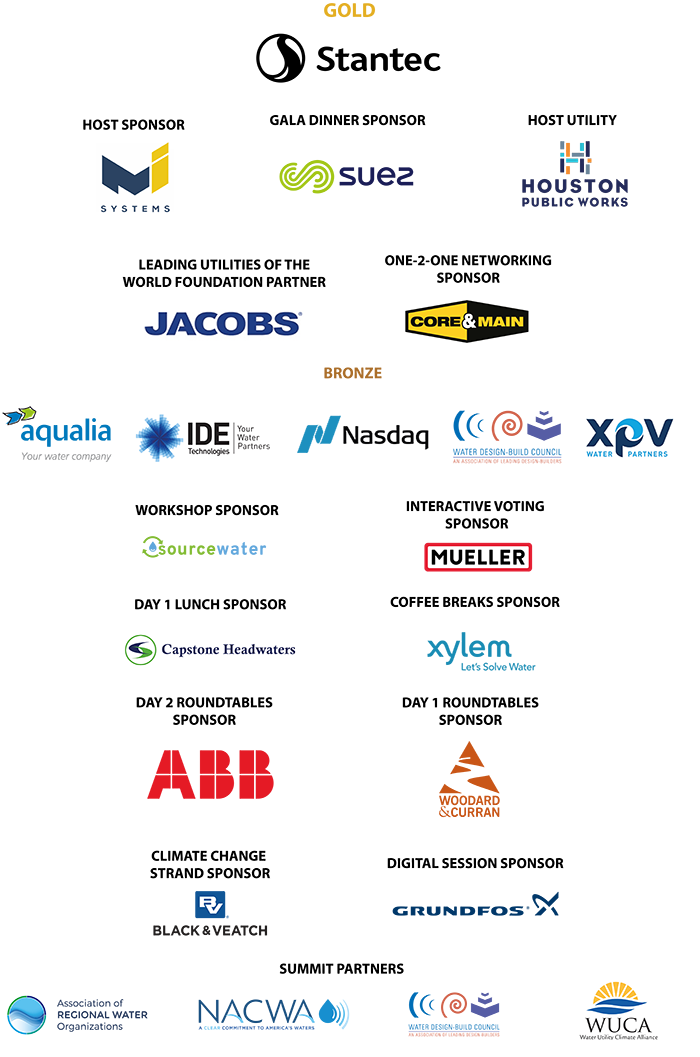AWS 2019 was a resounding success. Read Christopher Gasson’s column titled “What I learned in Houston” below to learn about some of the major themes discussed during AWS 2019.
Over 350 one-to-one meetings happened at AWS where delegates were able to connect with potential partners, clients and old friends. Here’s a network that shows all the meetings that happened at the conference, with the size of each circle corresponding to how many delegates a company brought to AWS.
Over 450 delegates were recorded to have attended according to the conference App, representing leaders from utilities, corporate water, EPCs, technology firms and financiers.
Based on data from the AWS app, Consolidation US was the most popular session from the sessions agenda, although others were very close behind. Here’s a tree map to show the relative popularity of all sessions based on data from the app.
During day 1, the roundtables session focused on the theme of answering the “20 Most Pressing Questions for the American Water Industry”. Below are the 5 questions that proved most popular with our delegates based on data from the AWS app.
Day 2 of AWS 2019 saw 20 roundtables covering 20 of the biggest water projects in the US. The map below shows which projects were the most popular with our delegates.
This year for the first time, AWS employed an interactive voting system called Pigeonhole. Find out how our delegates voted on a variety of questions posted during sessions.
This year over 160 speakers took part in intense discussions and thought-provoking presentations, below are the 10 most popular speakers based on data from the AWS app.

